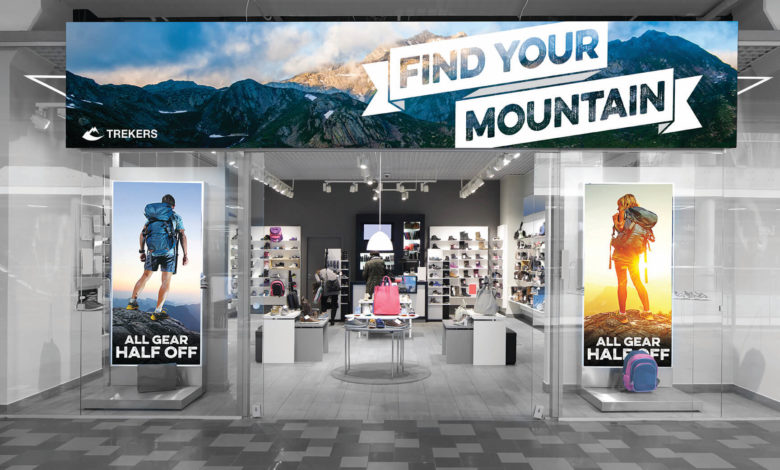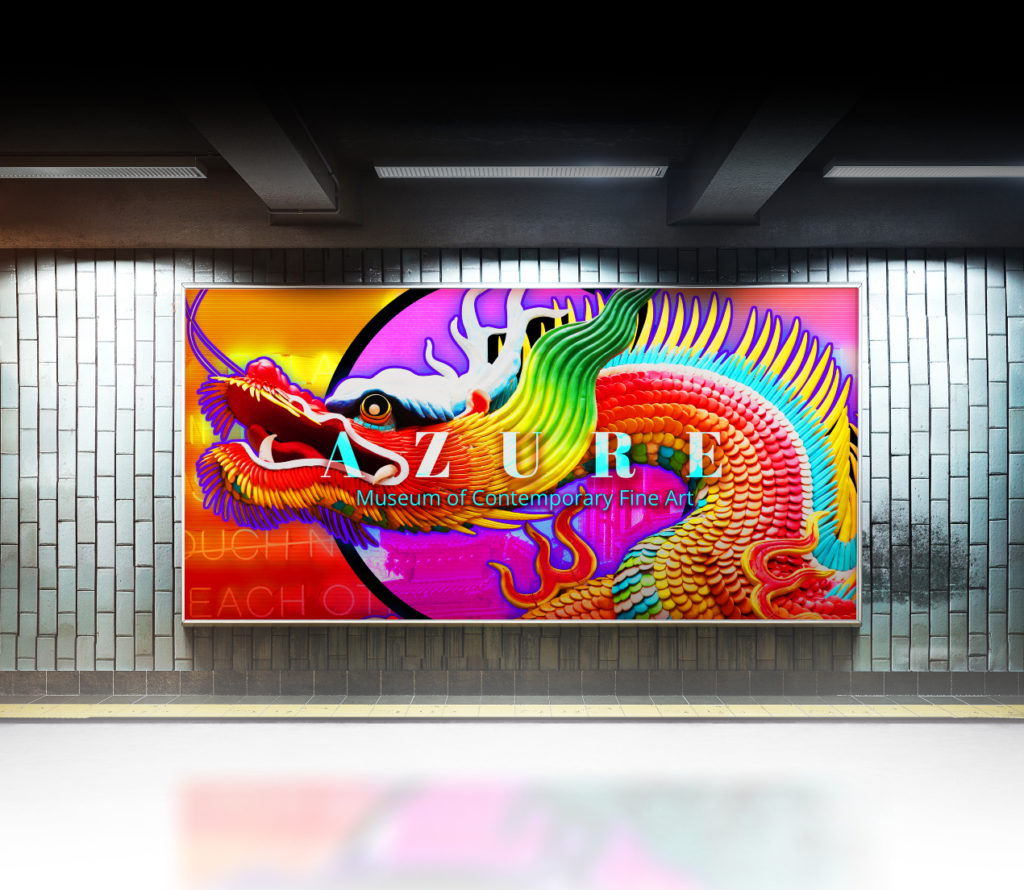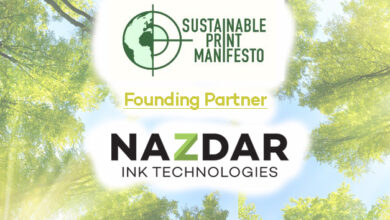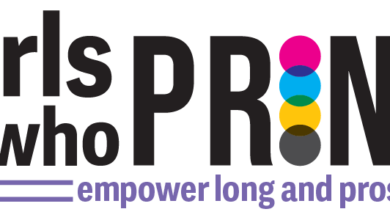
Ask five different people what “green” means, and you’ll get five different answers. Terms like sustainable, environmentally friendly, small carbon footprint, recyclable, phthalate-free, and post-consumer recycled content are commonly used these days.
They all sound great; everyone wants a healthy environment with less waste and pollution, now and for future generations. So, as a print service provider (PSP), what can you do to chip in? Most people associate signs and banners with PVC, which is not very eco-friendly. Some are used for short-term applications and then thrown out. Who wants more plastics in the landfill?
Let’s look at a few options to take baby steps toward being more green.
Signage media and alternatives
Media manufacturers have been working hard on offering PVC-free alternatives for signage and vehicle wraps that are printable and affordable. There was a time when these media either didn’t print too well or were priced so high that they weren’t a feasible option.
Paper, PET, polyurethane, and even fabrics made from recycled water bottles and fishing nets are now available and compatible with all types of printing technologies, from eco-solvent printing to UV printing to dye-sublimation. Some of these materials may have different certifications, like GREENGUARD, LEED, or CPSIA, just to name a few. Such certifications are for meeting standards set for low VOC emissions, better indoor air quality, and non-hazardous for consumers, specifically children. They are tested by third-party labs, and regular tests are required to maintain certification. Inks can be submitted for these tests as well. Check to see if your OEM inks have any of these certifications.

Using certified inks and adding non-PVC-based media are small, easy steps to becoming more green. Make samples on non-PVC media so your customers can see how great they look. Offer paper or fabric banners as a solution. These paper and fabric products not only look great, but they also convey a perceived higher value over standard PVC banners. This can also mean better profit margins for these products. While it may be impossible to stop using PVC-based products completely, see if you can get products that have post-consumer recycled content in them.
Upcycling
For used, printed banners work with a local artist or school who can turn them into an upcycled banner tote or shopping bags. If you have sewing capabilities, consider taking these products back from your clients and making the bags yourselves. Upcycling is a great, creative way to reuse and repurpose products. It’s a step towards sustainability.
Regular maintenance
What else can you do? Make sure that your printer is in good working condition by keeping up with regular maintenance. Confirm that your ink consumption is on par, see if the print heads are firing properly, and check to make sure the ink waste bottle isn’t filling up faster than normal. If you don’t print regularly, conduct some regular nozzle tests or print tests to ensure there are no clogs or missing nozzles. Excessive cleaning, purging the ink lines, and doing multiple reprints to restore the print heads will waste inks and media. Doing these regular checkups and maintenance will extend the life of your printer and prevent one more machine from being scrapped too soon.
Make sure the temperature and humidity of your work environment are stable and keep things as clean and organized as possible. Contaminants and dust falling on media will result in poor quality, splotchy prints that you will need to redo. Excessive humidity or dryness can also have adverse effects on both the media and printer, which can result in more wasted material.
All things considered, do whatever you can to prevent waste. Remember, every small step taken is a step towards being greener and more sustainable.



